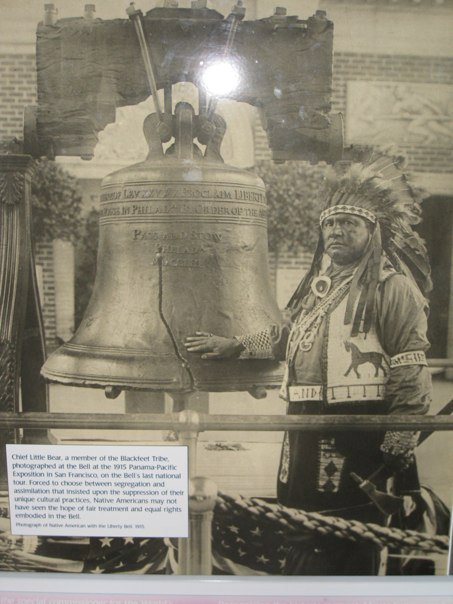So this whole past week I was visiting two of my good friends in the Northeastern United States. One, a friend from graduate school, lives in Philadelphia, Pennsylvania. The other, a friend I’ve known since I was a kid, lives in Cambridge, Massachusetts. I talk about things in Canada quite a bit, and was excited to get a bit of a perspective on the differences between living in Vancouver and being in a major American city.
Philadelphia
I’ve never been to Philadelphia before, and I wasn’t really sure what to expect. My preconception was to think of Philadelphia as a mostly white industrial city, but I was surprised to learn that it has one of the oldest black communities in the country. In our touring around town we came across the African American Museum of Philadelphia, which had a very cool interactive display that detailed some of the stories that comprise the history of Philadelphia. I was happy to see a number of couples of various ages and racial backgrounds there (at 2:00 on a Wednesday afternoon). It was particularly eye-opening to hear some of the stories of how black entrepreneurs, politicians and activists had to struggle simply to achieve basic human recognition.
Because of its lengthy black history, Philadelphia has a huge black population. In fact, the city has roughly an even number of white and black residents. There is a thing that is common among black people (at least in places where there aren’t a lot of black people) where we will recognize each other with a reverse head tilt (also known as “the black guy nod”). I kept catching myself having to inhibit my instinct to perform this action every 5 or 6 seconds, as I’m sure I would look like a total spaz.
Here’s me at the Liberty Bell:
The bell is a profound symbol of liberty and was used by the Abolition, Suffrage and Native rights movements alike. There is a certain irony present in the fact that a nation founded on liberty took more than 100 years to recognize the equal status of women, and another 50 to recognize certain ethnicities:
I really enjoyed my time in Philadelphia, minus the fact that the city seemed to be completely bereft of people having any fun (except the gay bars). It was then off to Boston for the second half of the trip.
Boston
I’ve been to Boston once before, back in 2008. The city has a feel that is not very dissimilar to being in a Canadian city – it’s clean, people are friendly, and there is government-funded health care. There were far fewer people of colour in the city, but more than I expected and definitely more than I see in Vancouver. The “black guy nod” might have made an appearance once or twice in a moment of distraction when I forgot I wasn’t at home.
Boston has a deep connection to the history of the United States. The whole city is structured to allow even casual tourists the opportunity to connect with history. As I might have mentioned before, I find cemeteries fascinating. Boston has old cemeteries in the middle of the city that you can visit. It was there that I learned that one of the first victims to be shot in the Boston Massacre was a black former slave named Crispus Atticus. We also saw a tomb marked with the name “Freeman” – usually the name of a freed slave (but not necessarily a black slave).
Part of tourism in Boston is what is called the “Freedom Trail” – a self-guided footpath through the city that highlights a number of sites of historical interest. Part of the trail is the Black Heritage Trail – a side-trip that showcases a few sites of import to the African-American community in Boston, one of which is the Abiel Smith School:
Sadly, I didn’t have time to go inside the museum, so I’ll have to save that for either a later trip or a few afternoons spent poking around with Google to see what I can see.
Anyway, for a history nerd like myself, walking through Boston was great. Philadelphia too. While my agenda was to party (hence last Wednesday’s post… for which I apologize), I’m glad I was able to learn something and get to connect physically with sites that marked major events in world history. As I said, it will take me a couple of days to get back into my groove, but expect me to go back to my regular post quantity and quality starting next week.
Like this article? Follow me on Twitter!







